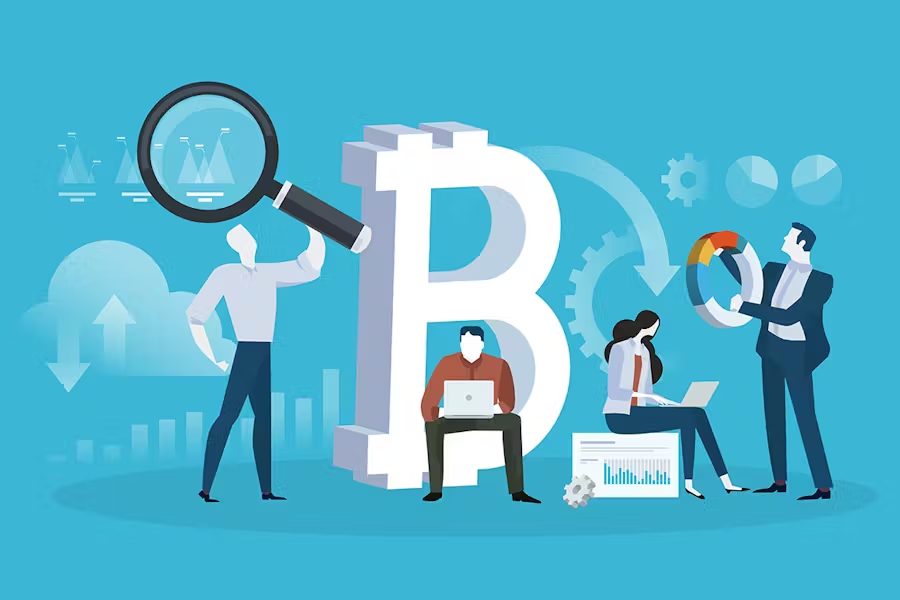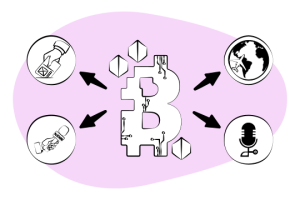Blockchain technology has emerged as a groundbreaking innovation, transforming the way digital transactions are conducted across various industries. This article delves into the fundamentals of blockchain technology, its advantages and disadvantages, and provides a practical guide to managing blockchain projects.
Table of Contents
ToggleUnderstanding Blockchain Technology

Blockchain is a decentralized digital ledger that records transactions across a network of computers. Each transaction is grouped into a block and added to a chain of previous transactions, creating an immutable and transparent record. Key characteristics of blockchain include:
- Decentralization: Unlike traditional databases, blockchain operates on a distributed network, reducing the need for intermediaries.
- Transparency: All transactions are visible to participants within the network, promoting trust and accountability.
- Immutability: Once recorded, transactions cannot be altered or deleted, ensuring data integrity and security.
- Consensus Mechanisms: Blockchain networks use various consensus algorithms (e.g., Proof of Work, Proof of Stake) to validate and agree on transactions.
Advantages of Blockchain Technology
- Enhanced Security: Blockchain’s cryptographic nature ensures that data is secure and tamper-proof.
- Transparency and Trust: The transparent nature of blockchain builds trust among participants by providing a clear and immutable record of transactions.
- Reduced Costs: By eliminating intermediaries, blockchain can significantly lower transaction costs and improve efficiency.
- Improved Traceability: Blockchain provides an accurate and immutable audit trail, making it easier to trace the origin and journey of assets.
- Decentralization: The decentralized structure reduces the risk of centralized points of failure and increases system resilience.
Disadvantages of Blockchain Technology
- Scalability Issues: Blockchain networks can experience slower transaction speeds and higher costs as they scale.
- Energy Consumption: Certain consensus mechanisms, like Proof of Work, require significant computational power, leading to high energy consumption.
- Regulatory Challenges: The regulatory environment for blockchain is still evolving, creating uncertainty for businesses.
- Complexity and Integration: Implementing blockchain technology can be complex and requires integrating with existing systems and processes.
- Data Privacy: While blockchain ensures transparency, it can conflict with data privacy requirements, especially in sensitive industries.
Tutorial: Managing Blockchain Projects
- Define Objectives: Clearly articulate the goals and expected outcomes of the blockchain project.
- Choose the Right Blockchain Platform: Select a suitable blockchain platform (e.g., Ethereum, Hyperledger) based on the project’s needs.
- Assemble a Skilled Team: Form a team with expertise in blockchain development, cryptography, and the relevant industry domain.
- Design the Architecture: Plan the blockchain network architecture, including consensus mechanism, smart contracts, and data structure.
- Develop and Test: Build the blockchain application, rigorously testing for security, performance, and functionality.
- Pilot and Iterate: Launch a pilot project to gather feedback and make necessary adjustments.
- Ensure Compliance: Address regulatory requirements and ensure the blockchain solution complies with relevant laws and standards.
- Deploy and Monitor: Deploy the blockchain solution, continuously monitoring its performance and making improvements as needed.
Conclusion
Blockchain technology is revolutionizing digital transactions by offering enhanced security, transparency, and efficiency. Despite its challenges, the potential benefits make it a compelling choice for various applications across industries. By understanding the fundamentals and following best practices, businesses can effectively leverage blockchain technology to drive innovation and growth.
At KlikDot, we are committed to providing valuable insights and resources on the latest developments in blockchain technology. Stay tuned for more in-depth articles and tutorials on how blockchain is shaping the future of digital transactions.
4o











Tinggalkan komentar